If you’re a duck hunter who’s been taking advantage of the non-toxic shot exemption for sub-gauges to shoot your ducks with 20-gauge lead, you’ll be acutely aware that time is running out for this option. 2020 marks the last year of the phase-out period of the exemption and even then, some restrictions apply. Lead shot cannot be used on Fish & Game or Department of Conservation controlled wetlands. This probably restricts the use of 20-gauge lead to private land for this year. Of course, the non-toxic regulations don’t apply to any gauge for shooting over pasture or crops more than 200 metres from open water.
“You’ll never kill ducks with 20-gauge steel”, is a comment I’ve heard from several shooters who are gloomily considering whether they should sell the 20-gauge autoloaders they’ve been using up till now. Their pessimism is understandable to a degree. The 20-gauge cannot match the ballistic efficiency of a 12-bore. The smaller dimensions of the 20-gauge cartridge, either 2¾in or 3in, impose limitations in shot payload and in velocity. But that doesn’t mean that 20-gauge steel isn’t a viable option for waterfowlers. Overseas, especially in the USA, hunters have been successfully using 20-gauge steel as well as other, much more expensive, non-toxic options such as tungsten blends and bismuth. Shotshell manufacturers have developed steel loads that largely compensate for the limitations of this sub-gauge. The fact that most of the well-known makers offer 20-gauge non-toxic waterfowling loads shows that there are enough 20-gauge duck hunters out there to make it worth their while to satisfy this market.
For the benefit of those pessimistic 20-gauge users, I conducted a series of simple tests to show what 20-gauge steel loads might be capable of. I based my testing on the comprehensive research conducted by US ballistics expert, Tom Roster, and summarised in his Nontoxic Shot Lethality Table which is readily available on the internet. In it, he details the minimum count of pellets enclosed in a 30in circle at ranges from 20 to 45 yards needed to ensure a clean kill. For a mallard-sized duck, 85-90 pellets are the minimum number required. Would 20-gauge steel meet this minimum pellet count requirement?
I cannot claim that my tests are a definitive or comprehensive survey. They weren’t conducted in the field. The 2019 duck season was over when I undertook them, so they remain theoretical, based on pattern testing. I was able to obtain only a limited range of ammunition: six different loads in all. No doubt, a greater selection of ammunition will become available from local retailers as the sub-gauge exemption phases out. I shot only two patterns for each of the loads: one at 30 yards to simulate decoying birds; the other at 40 yards for longer-range passing shots. My intention was simply to provide a snapshot of the potential effectiveness of this popular sub-gauge using the information on Roster’s lethality table.
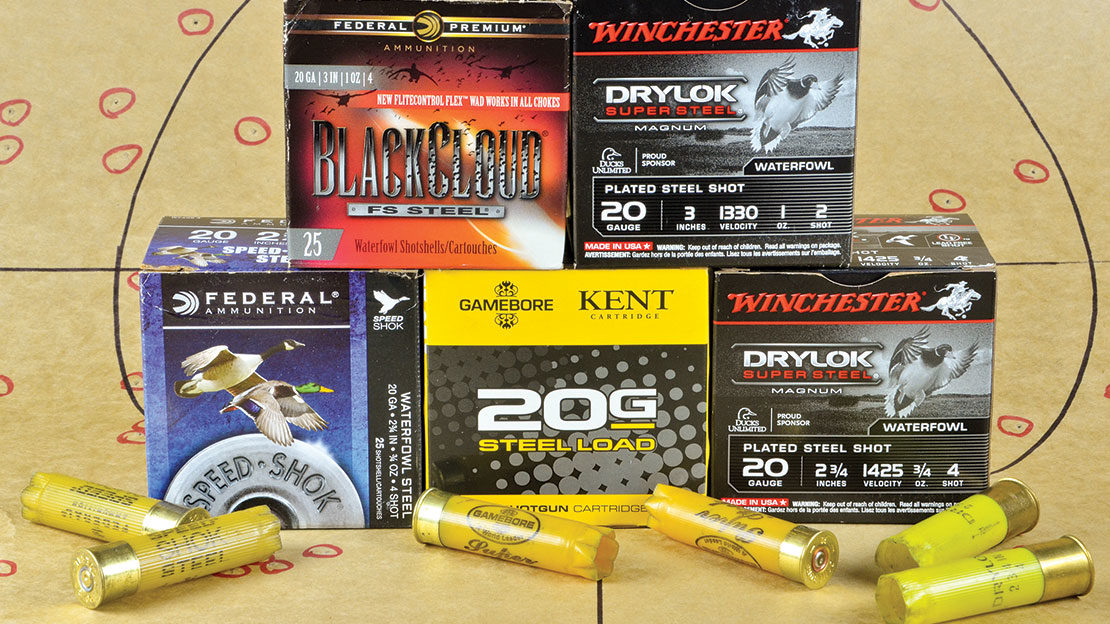
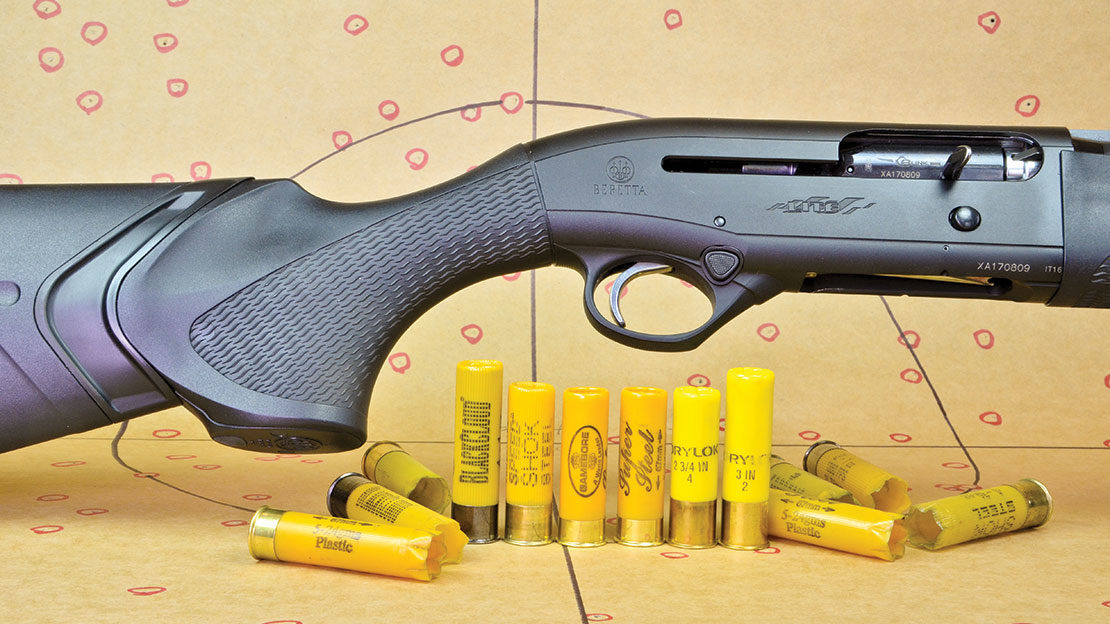
The Ammunition
I’m very grateful to the importers who supplied the following steel shot ammunition for the tests, explaining that the limited range was all they had left at the end of the 2019 season. They assured me that a greater range of loads will be available for the 2020 season.
Kilwell Sports provided a load from Gamebore Kent: 24 grams (7/8oz) of #5 shot in a 67mm case with a muzzle velocity of 1400fps, together with two examples of Winchester Drylok Super Steel waterfowl loads. The 2¾in case contained ¾oz of #4 plated steel shot with a velocity of 1425fps. The magnum load in a 3in case carried 1oz of #2 shot with a velocity of 1330fps.
The Federal agents, Sportways Distributors, contributed three of their premium loads. Their Speed-Shok load of ¾oz of #4 steel came in a 2¾in case and a velocity of 1425fps. They also supplied two examples of the Federal Black Cloud premium load. Both contained 1oz of their Flitestopper mix of pellets, one with #4 steel, the other with #2s. Each had a velocity of 1350fps.
Oak Lodge, NZ agents for B&P ammunition, had no 20-gauge steel in stock but offered to get in some samples from Italy especially for the test. Unfortunately, they hadn’t arrived in time to meet my NZRod&Rifle deadline, but when they do come, I’ll conduct the same tests and publish the results in the next issue of the magazine.
Patterning Test
I conducted the patterning tests at the Hutt Valley Clay Target Club grounds. When patterning lead shot, I usually tape the pattern paper to the club’s steel patterning plate. I’m not sure about how far steel shot might ricochet from a steel plate, so I set up my own backing board constructed from 8mm ply. My paper is a heavy-duty brown wrapping paper 1200mm wide and cut into 1200mm lengths. This size means that most of the pellets in a load will actually strike the sheet. I don’t draw a circle before I shoot. Pre-printed targets mean that if your aim is even slightly off, then the pellet count in the circle will not be an accurate reflection of the load. Instead, I put a small removable aiming point in the centre of the sheet – usually a piece of red insulating tape. Later, I remove the tape and use a clear plastic template with a 30in circle to locate the densest part of the pattern, then inscribe the circle around it. I mark each hit with a red pen and count them as I go. The divisions I’ve used on the patterns shown here have no particular significance for this test – I’ve used them only as a convenient way of counting the hits in each segment.
The gun was a Beretta A400 light with a 28in barrel fitted with a Trulock extended modified choke. The patterns were shot rifle-style using a tripod rest to ensure accuracy. When you’re shooting this way, recoil becomes very noticeable, so I was grateful for the recoil-softening Kick-Off feature on this Beretta.
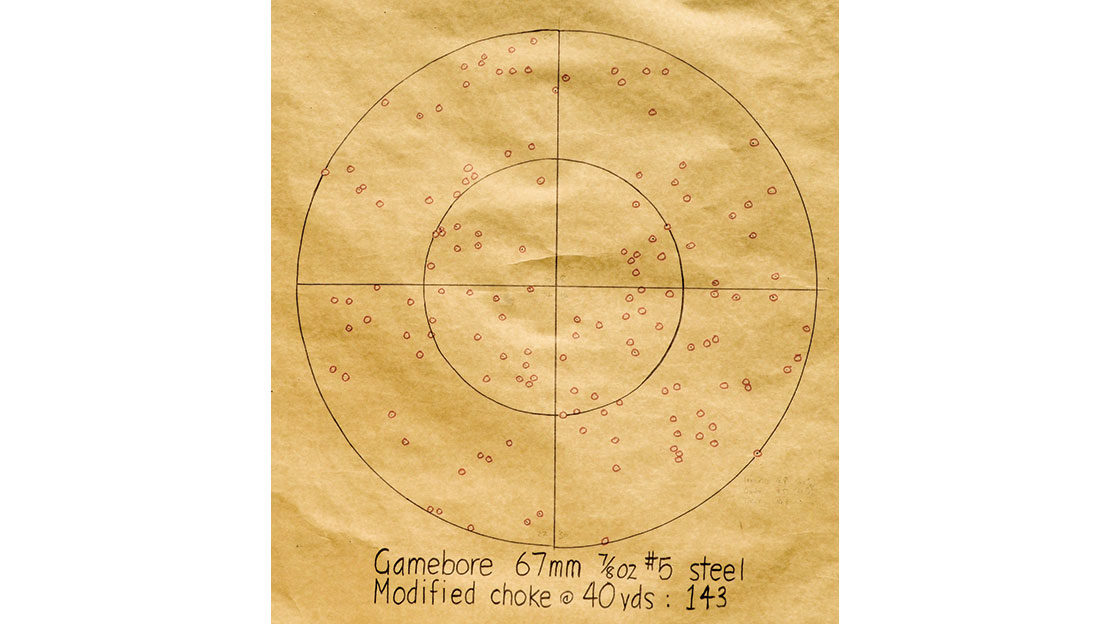
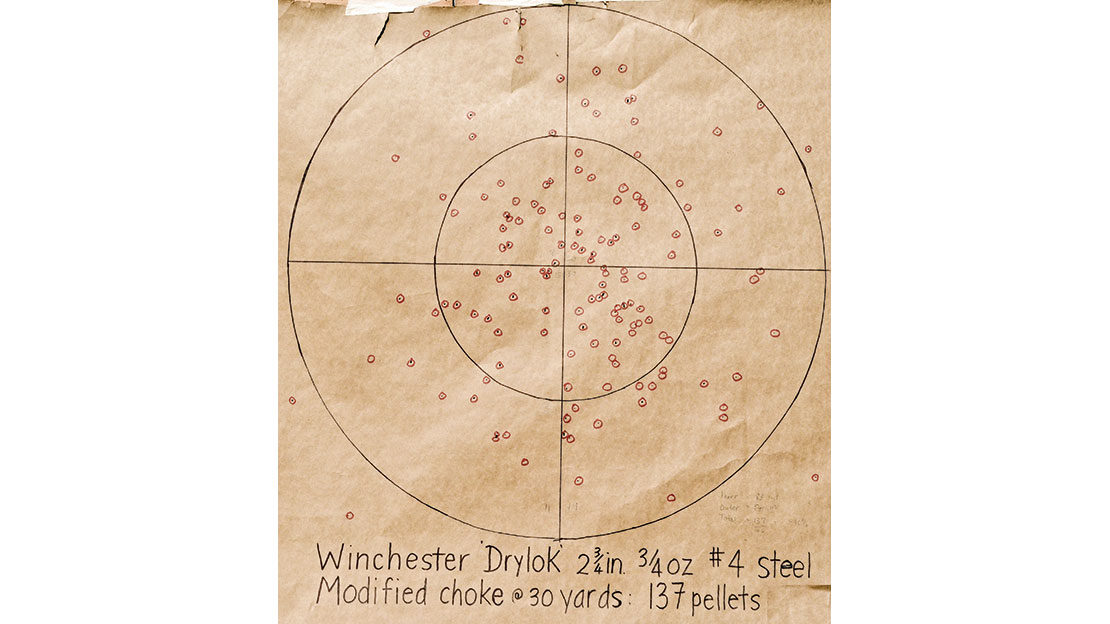
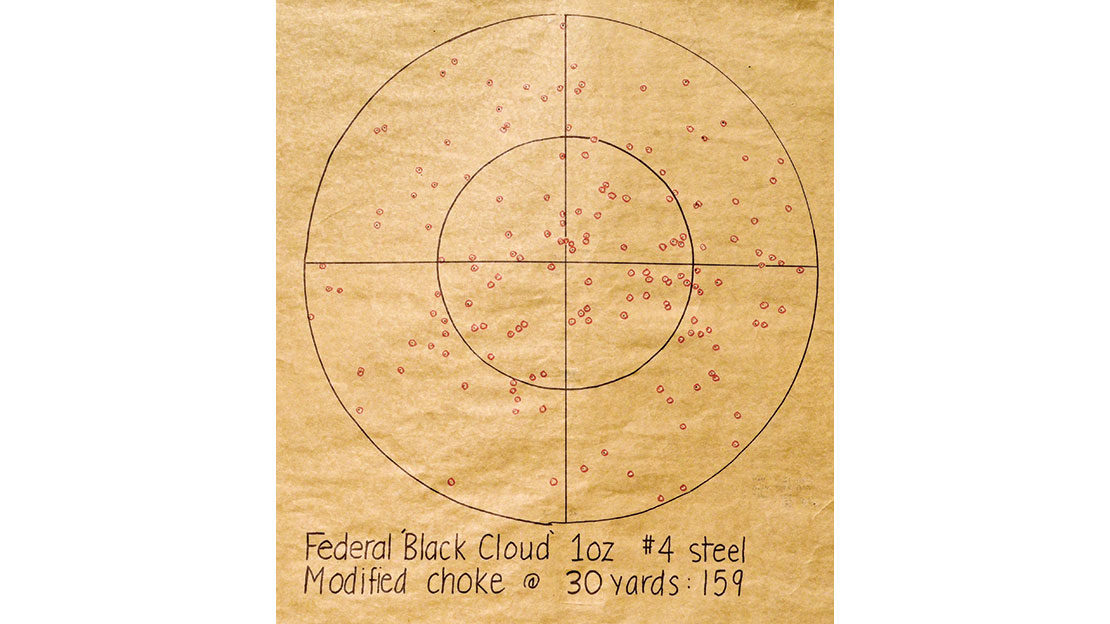
Results
The table below gives the results of the patterning tests. In summary, it’s worth noting that all the loads but one exceeded Tom Roster’s required minimum of pellet hits in the 30in circle.
I must admit to being pleasantly surprised at the results of this testing. All these loads showed good potential which should be encouraging for duck hunters contemplating the future of their 20-gauge shotguns.
Beforehand, I wasn’t confident that a ¾oz load of steel pellets could be an effective load. Of course, that’s until you remember that steel pellets being so much lighter than the lead equivalent means there will be many more pellets in the load. In fact, ¾oz of #4 steel contains 144 pellets compared with the 136 in a 1oz load of lead.
The ¾oz loads from Winchester and Federal proved to be very pleasant to shoot with little of the heavy recoil associated with high-velocity, heavy-load 12-gauge cartridges, and their patterns delivered more than enough density. They would be ideal for anyone using a lightweight 20g double gun, o/u or side-by-side.
As you’d expect, the Gamebore load with the smallest pellets in the test (#5 shot) gave very dense patterns even out to 40 yards. Whether this size pellet would have sufficient energy at 40 yards to be effective would take further testing, including penetration tests, to establish, but it would be a devastating load for close-range birds and ideal as a swatter load for finishing off wounded birds on the water.
Federal’s Black Cloud is an interesting concept. The shell contains two different pellet shapes. The bottom 40% of the carefully stacked pellets are a barrel shape with a raised flange around the centre; the top 60% are conventional round pellets. All are enclosed in a carefully designed Flite-Stopper wad. Initial tests indicated that this load gave good pattern density with #4 shot, but not so good as a long-range load using #2s.
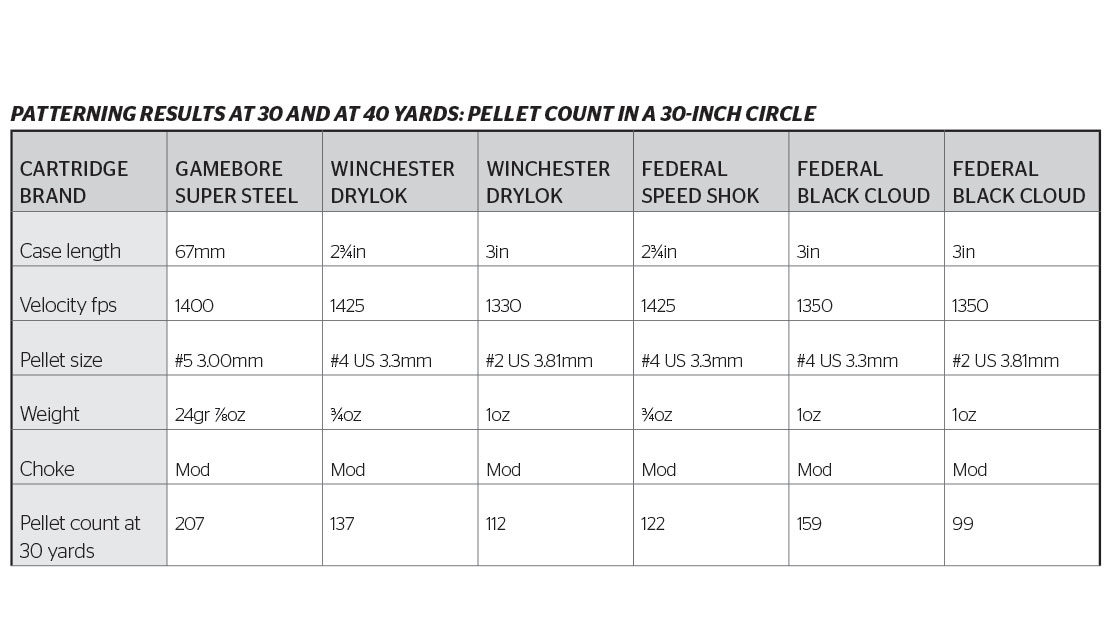
Conclusion
I’ve always been a fan of the 20-gauge – I use a lightweight o/u for my pheasant hunting and pigeon shooting. Four days shooting doves and pigeons in Argentina, during which our party of seven fired 42,550 rounds through Beretta 391 20-gauge autoloaders with no adverse physical side effects, convinced me of the joys of shooting 20-gauge autos.
Although the 20-gauge will not be the number one choice for waterfowling with non-toxic shot, these tests indicate that it can be a capable performer if shooters have the skill to do their part and if they avoid sky-busting. Pattern testing at a measured 40 yards reminds you of how far away a target actually is at that range. To hit a flying target at further than this distance is beyond the ability of all but the most practised of shotgunners, I suspect.
If I was to use a 20 for duck shooting, I’d be happy to use any of the 2¾in cases with ¾oz loads for decoying birds. Using an autoloader to help soften recoil, my preference though would be to use 1oz loads in 3in cases to give even greater pattern density, choosing #4s for decoying birds and #3s (if they were available) for pass shooting.
The 20-gauge will always have an appeal for slightly built shooters who find a 12-gauge too heavy or cumbersome for comfort. There are circumstances where the 20’s fast-handling qualities are an advantage for any shooter. It’s comforting to know that using steel shot in a 20 might not be the dire handicap that some pessimists have predicted. Perhaps the tests I’ve carried out might encourage 20-gauge shooters to conduct their own patterning tests using their combination of gun and chokes to establish the steel shot load that performs best for their circumstances. That’s one of the strong recommendations that comes out of the exhaustive research conducted by Tom Roster and incorporated into the CONSEP programme designed to improve the shooting skills of waterfowlers in the USA.
Some Issues When Selecting Ammo
Pellet size
Because the 20-gauge cartridge has a smaller payload capacity than that of the 12, the choice of pellet size becomes more important.
Opinion is pretty well divided on the debate between the merits of smaller pellets against those of larger ones. Advocates for smaller pellet sizes point out there will be more pellets in a load thus ensuring greater pattern density. Those in favour of large pellets prefer the greater hitting power of each individual pellet especially at longer ranges. If you’re using an autoloader for decoying birds, a good compromise is to stack the magazine so the first two shots at close-range incoming birds use smaller pellets (#4s, say), while the third, which would probably be at birds attempting a fast getaway, might be a magnum load of #2.
Another option is to compromise and pick a pellet of intermediate size such as #3.
When selecting ammunition, remember there’s no universal numbering system to show pellet size. An American #4 pellet has a diameter of 3.3mm. A UK or Italian #4 is 3.1mm. Annoying, isn’t it!? As a rule of thumb, US pellets will be one size larger than their Euro counterparts. For example, a US #4 is a UK#3; a UK #4 will be a US #5. If all manufacturers published the actual pellet diameter on their boxes, things would be much simpler.
Velocity
The smaller capacity of the 20-gauge shotshell means that super-fast velocities common in 12-gauge steel loads cannot be achieved. This is no particular disadvantage. While hypervelocity shells with a muzzle velocity over 1500fps do give pellets a greater striking energy, it comes at the cost of much-increased recoil and less effective patterning. Tom Roster’s research has demonstrated that speeds of 1300-1425fps are perfectly adequate for waterfowling.
When selecting a load, remember that not all published muzzle velocities are the same. In the UK and Europe, velocity is measured right at the muzzle. American velocity is measured at 3 feet from the muzzle, at which distance steel pellets will have slowed considerably. If packets of US and UK ammunition have the same published muzzle velocity, the American load will actually be faster.

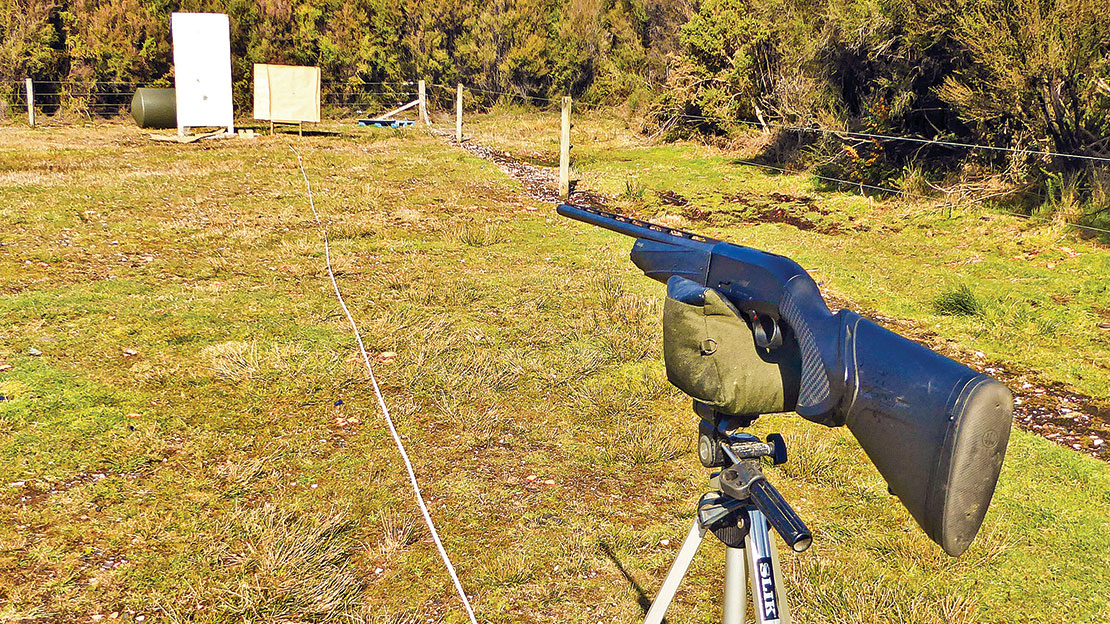
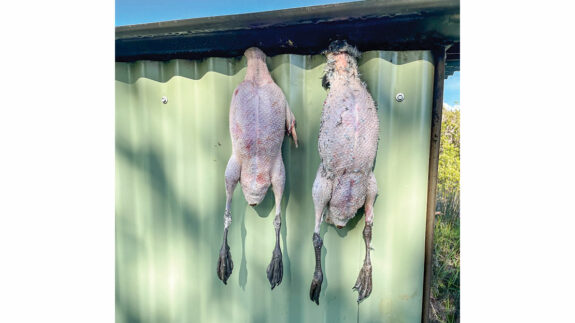
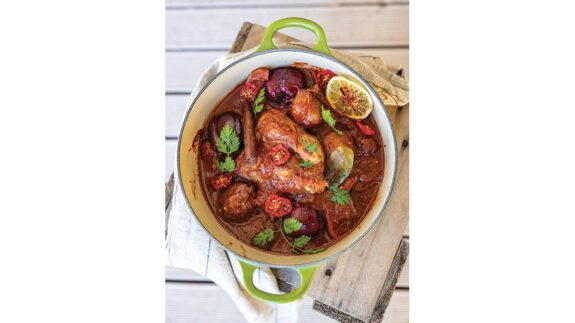

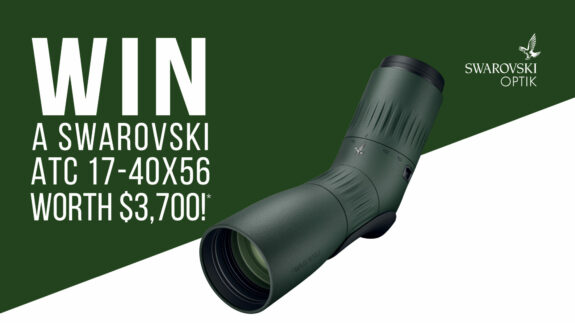
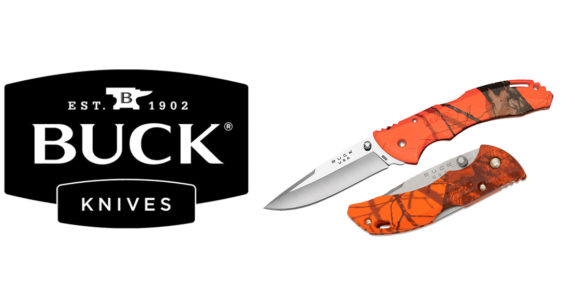
SHARE YOUR BEST PICS #NZRODANDRIFLE